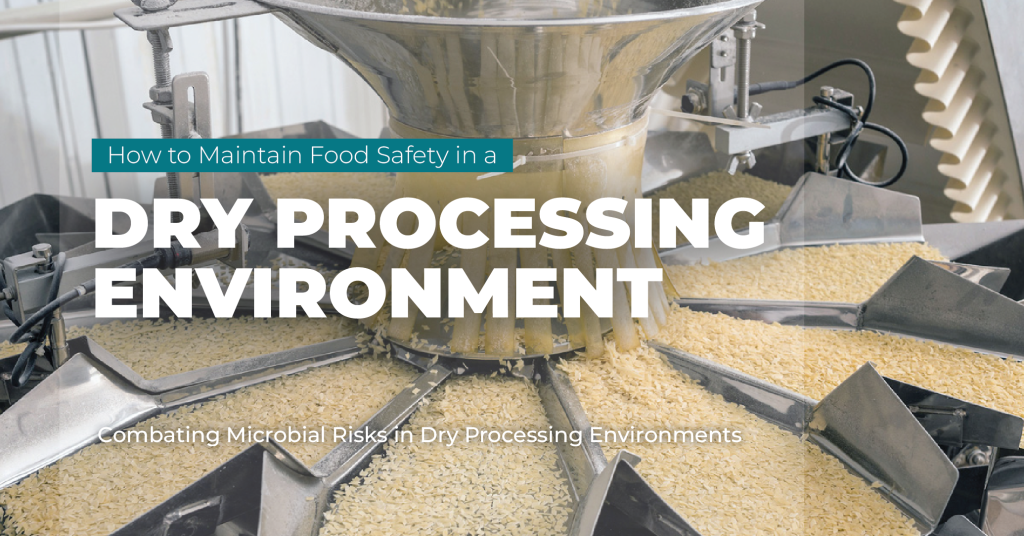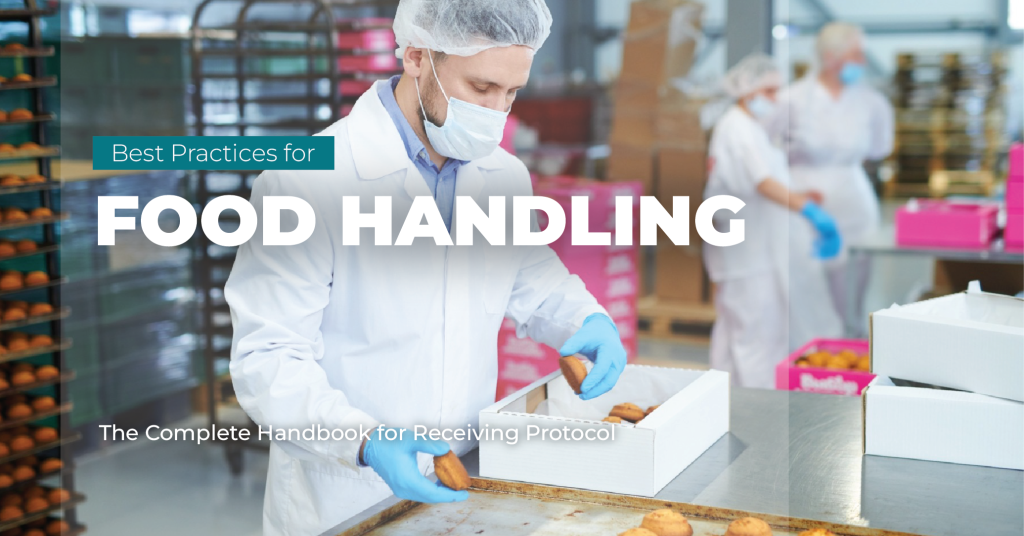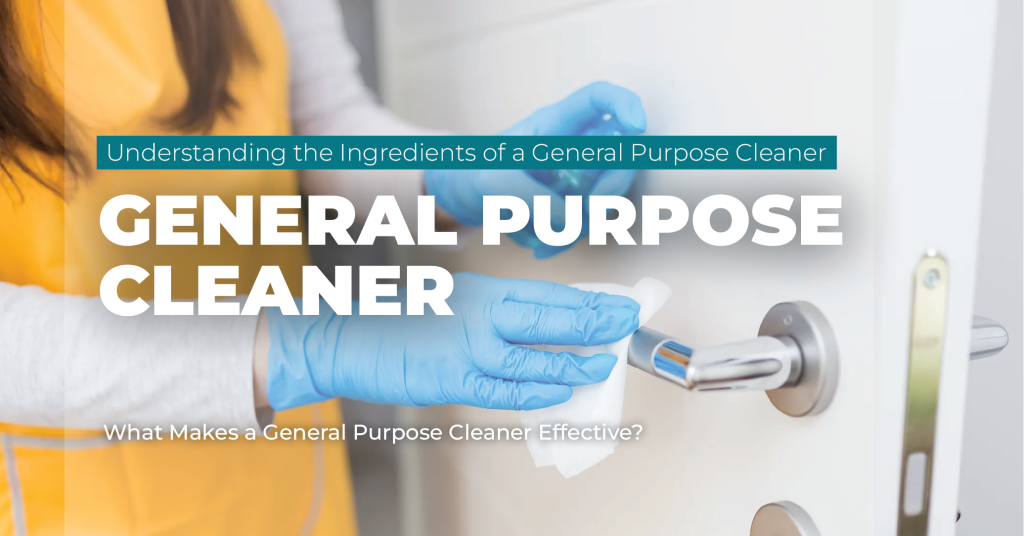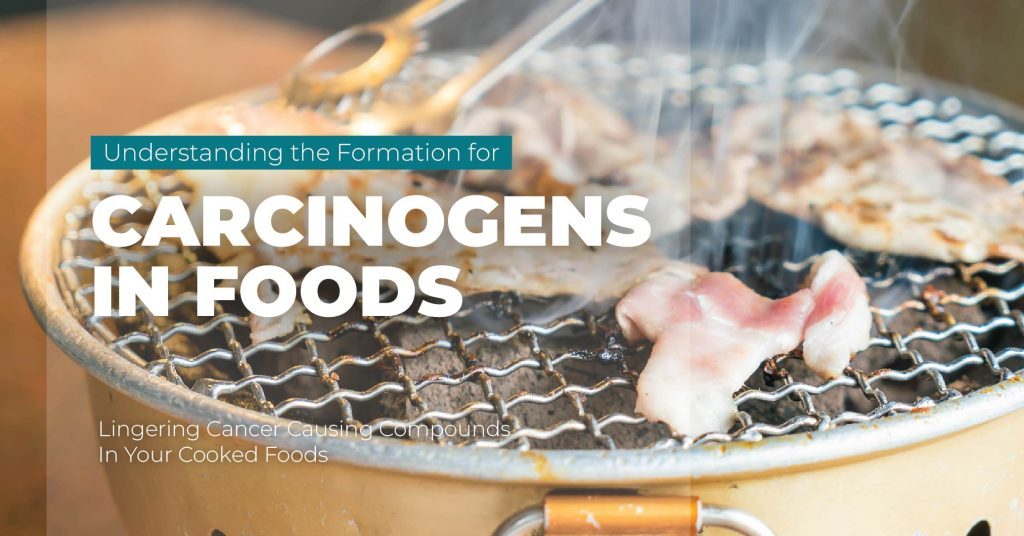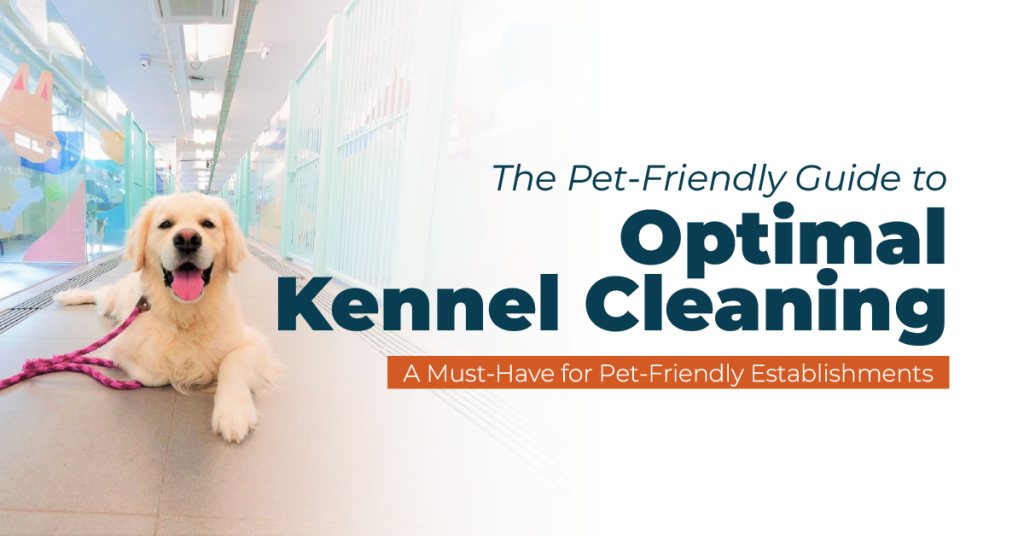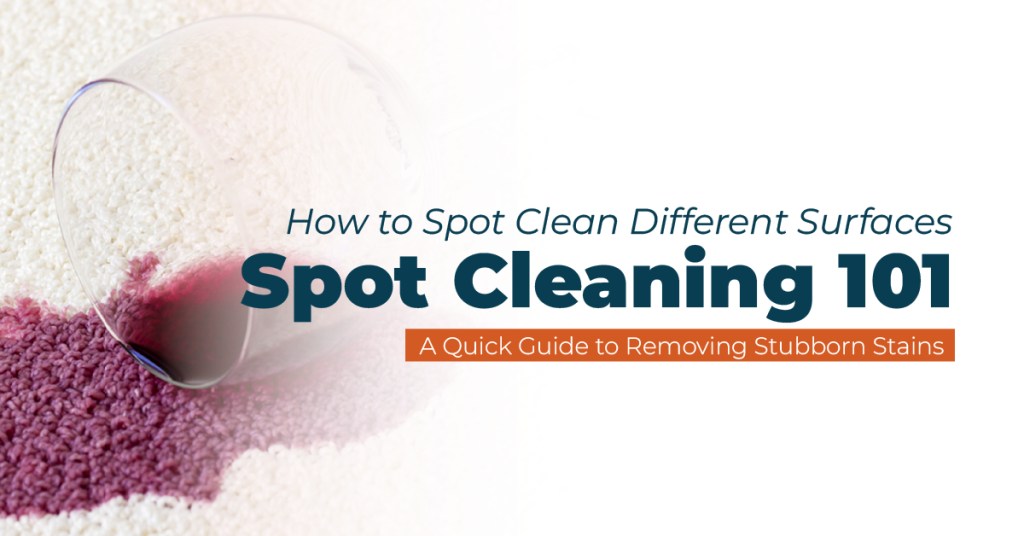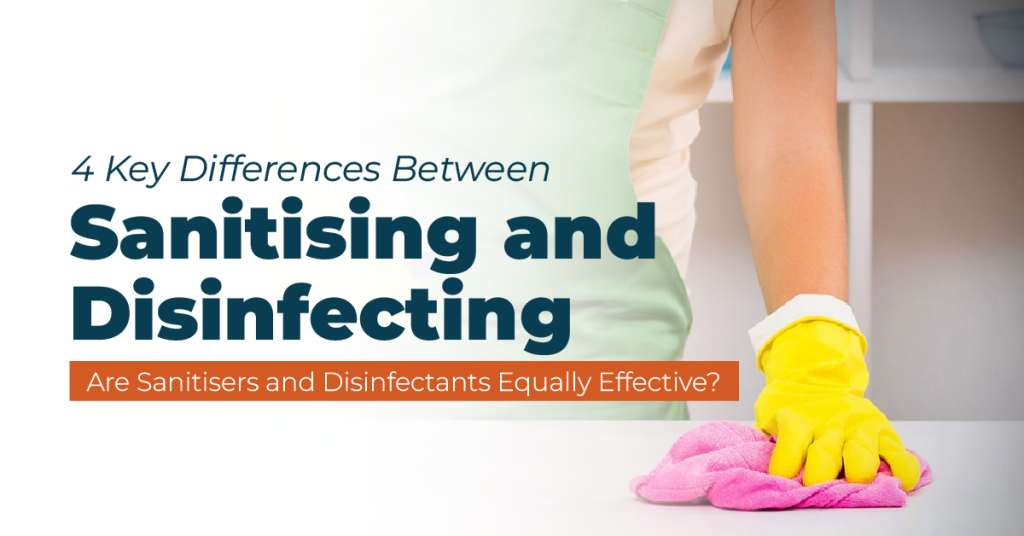
From Weights to Wipes: A Comprehensive Guide to Gym Cleaning
Could a dirty gym harm business? Inadequate cleaning turns it into a breeding ground for harmful microbes, risking clients’ health and tarnishing the facility’s reputation. To maintain a safe gym, follow safety protocols and cleanliness practices diligently.

